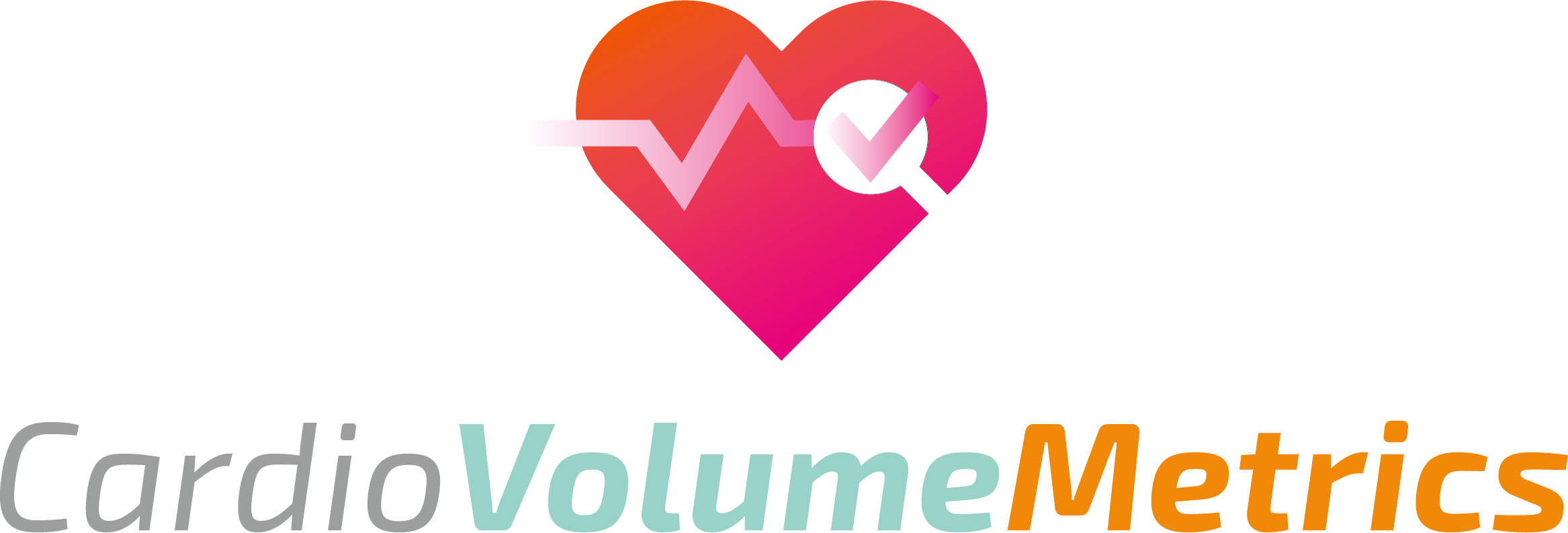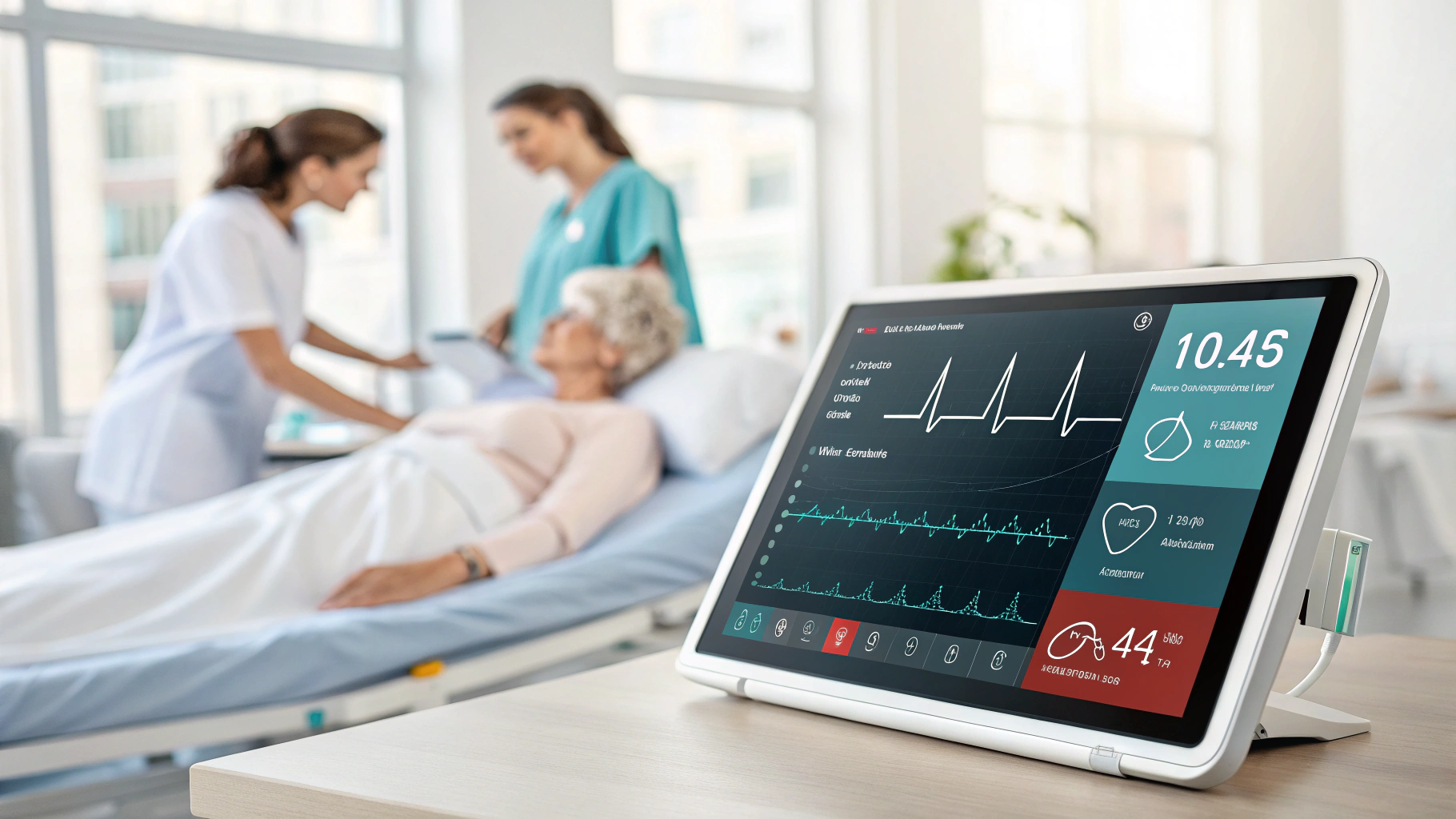Introduction
Did you know that nearly half of cardiovascular diseases can go undetected until it’s too late? The gravity of this statistic underscores the importance of early detection and effective management of heart conditions. Traditional monitoring methods often present a barrier to timely diagnosis, frequently relying on invasive techniques that can cause discomfort, anxiety, and in some cases, lead to biased results due to low patient compliance.
In an era of rapid technological advancements, pilot programs offer a robust solution to revolutionize how we approach cardiac care. These programs provide an opportunity to test innovative solutions, such as non-invasive monitoring technologies, in real-world settings. This article discusses how such pilot initiatives can dramatically improve patient outcomes by delivering actionable data that informs best practices in cardiac care.
Understanding Pilot Programs
In healthcare, pilot programs are designed to test new ideas, technologies, or methods on a limited basis prior to broader implementation. Their primary purpose is to evaluate the feasibility, time, cost, risk, and adverse events involved in a specific intervention.
One critical characteristic of pilot programs is their focus on real-world testing. Unlike traditional research trials that often may not reflect typical clinical practice, pilot initiatives take place directly in healthcare settings. This real-world context allows for direct observation of patient interactions, responses to new technologies, and the overall effectiveness of an intervention. For example, the pilot program initiated by the American Heart Association that utilized telehealth solutions aimed at hypertension management provided significant insights into patient engagement and accessibility challenges.
Moreover, numerous successful pilot programs in other medical fields, such as oncology and diabetes management, have paved the way for more comprehensive implementations. These programs have demonstrated enhanced patient care strategies and introduced technologies that may have otherwise gone untested and unutilized.
Advantages of Non-Invasive Monitoring Technology
The landscape of cardiac monitoring is transforming with the advent of non-invasive technologies, promising significant benefits for patients and healthcare providers alike. Non-invasive monitoring methods—such as wearable devices, smartphone applications, and innovative diagnostic tools—allow for continuous data collection without the discomfort associated with standard procedures such as blood draws or catheterization.
One prominent example is AliveCor’s KardiaMobile, a mobile ECG device that enables patients to conduct heart rhythm checks at home. Coupled with pilot programs assessing its integration into routine cardiac monitoring, findings have shown that such technologies lead to improved patient comfort and adherence to monitoring regimens.
Furthermore, the potential for enhanced data collection and analysis in pilot programs using these technologies cannot be overstated. By harnessing data from non-invasive devices, healthcare professionals can track cardiac health trends, make timely interventions, and ultimately improve patient care outcomes. By validating these technologies in pilot programs, we can gather essential data to support their broader adoption, ensuring that they meet healthcare standards and patient needs.
The Role of Pilot Programs in Advancing Cardiac Care
Pilot programs play a vital role in validating new technologies before they are introduced on a wider scale. Through structured testing, stakeholders can evaluate practical implementation challenges and unexpected outcomes. For example, the CARDIA study (Coronary Artery Risk Development in Young Adults) demonstrated how pilot interventions examining lifestyle changes could reduce cardiovascular risk, showcasing both the potential of non-invasive approaches and areas needing improvement.
In cardiac care, successful case studies highlight the importance of having feedback mechanisms in place. This iterative approach allows for real-time adjustments based on pilot results, fostering continuous progress toward improved patient care methodologies. The results from these pilot studies often inform regulatory decisions, healthcare policy, and funding allocations, making them a vital aspect of how we approach innovations in cardiovascular health.
Facilitating Early Detection and Improved Outcomes
The implementation of pilot programs focused on early detection of cardiovascular diseases can drastically change patient trajectories. Early detection leads to earlier interventions, which have proven to be life-saving in numerous cases. Studies have shown that effective monitoring strategies increase the chances of identifying risks before they escalate into more severe health crises.
For instance, a study published in the Journal of the American College of Cardiology found that patients who received proactive cardiac monitoring through a pilot program decreased hospitalization rates by 30%. This statistical evidence demonstrates that pilot initiatives can significantly enhance patient outcomes through innovative solutions. By learning from these programs, healthcare practitioners can refine their approaches and prepare for future implications in cardiac care.
Actionable Takeaways for Implementing Pilot Programs
Developing effective pilot programs requires careful planning and collaboration among key stakeholders, including healthcare providers, technology developers, regulatory bodies, and patients themselves. Here are actionable steps to guide the establishment of pilot programs in cardiac care:
- Define Clear Objectives: Determine the specific goals of the pilot program, such as testing a technology’s feasibility or improving patient adherence to treatment plans.
- Identify Stakeholders: Engage all relevant parties early in the process to foster collaboration and ensure buy-in.
- Design the Pilot: Create a structured framework detailing how the program will be conducted, including data collection methods and evaluation criteria.
- Analyze and Measure Outcomes: Use data analytics to assess the program’s success and identify areas for improvement.
- Iterate and Scale: Use insights gained from the pilot to refine the intervention and prepare for wider implementation.
Conclusion
Pilot programs are not just testing grounds; they are essential for bridging the gap between innovation and practical application in cardiac care. By fostering innovation in a controlled, real-world setting, healthcare professionals can enhance patient outcomes through informed decision-making based on pilot results.
Join the conversation in the comments: How have pilot programs influenced your practice or improved patient care in your field? Your experience can help shape the future of cardiac care.

